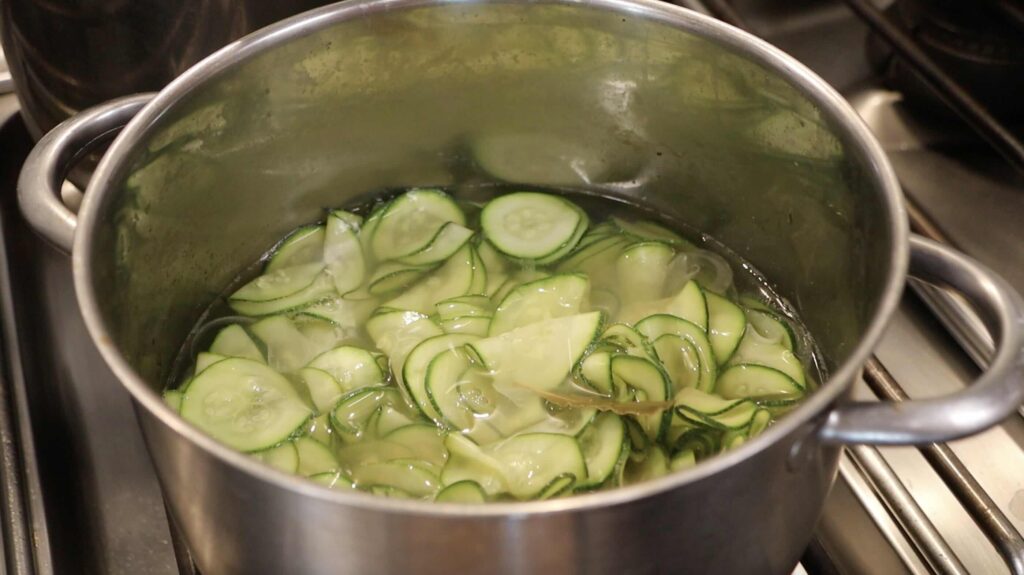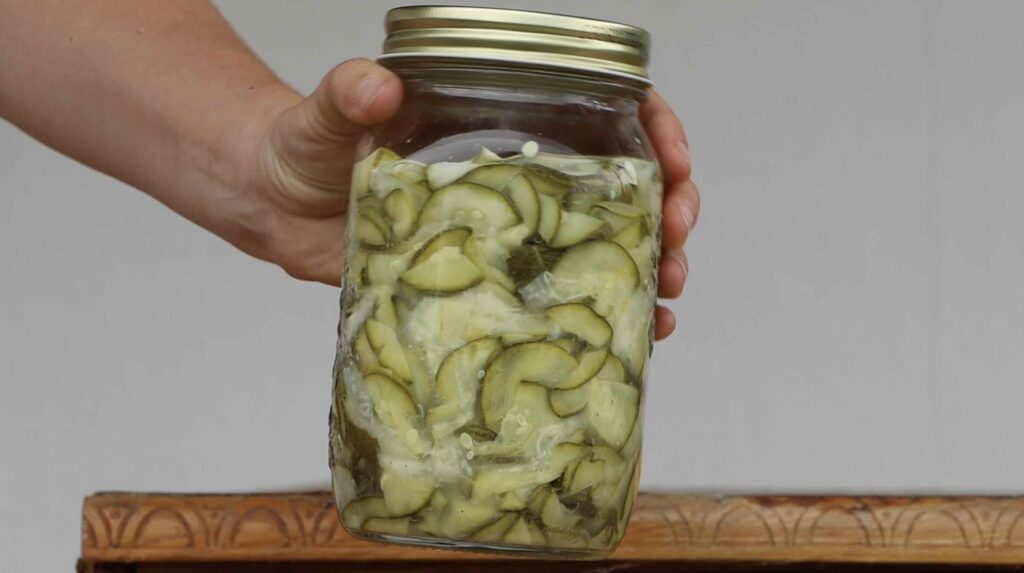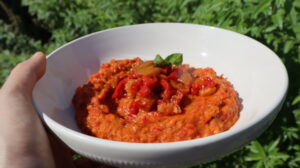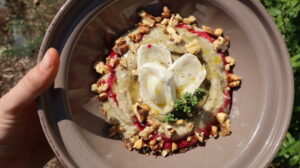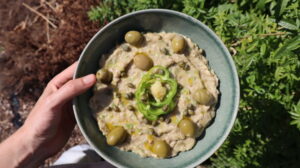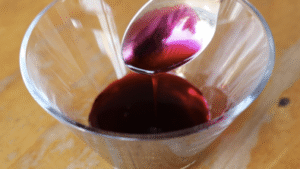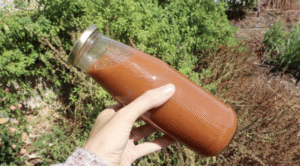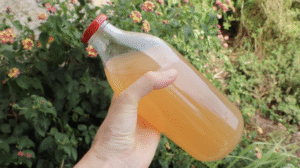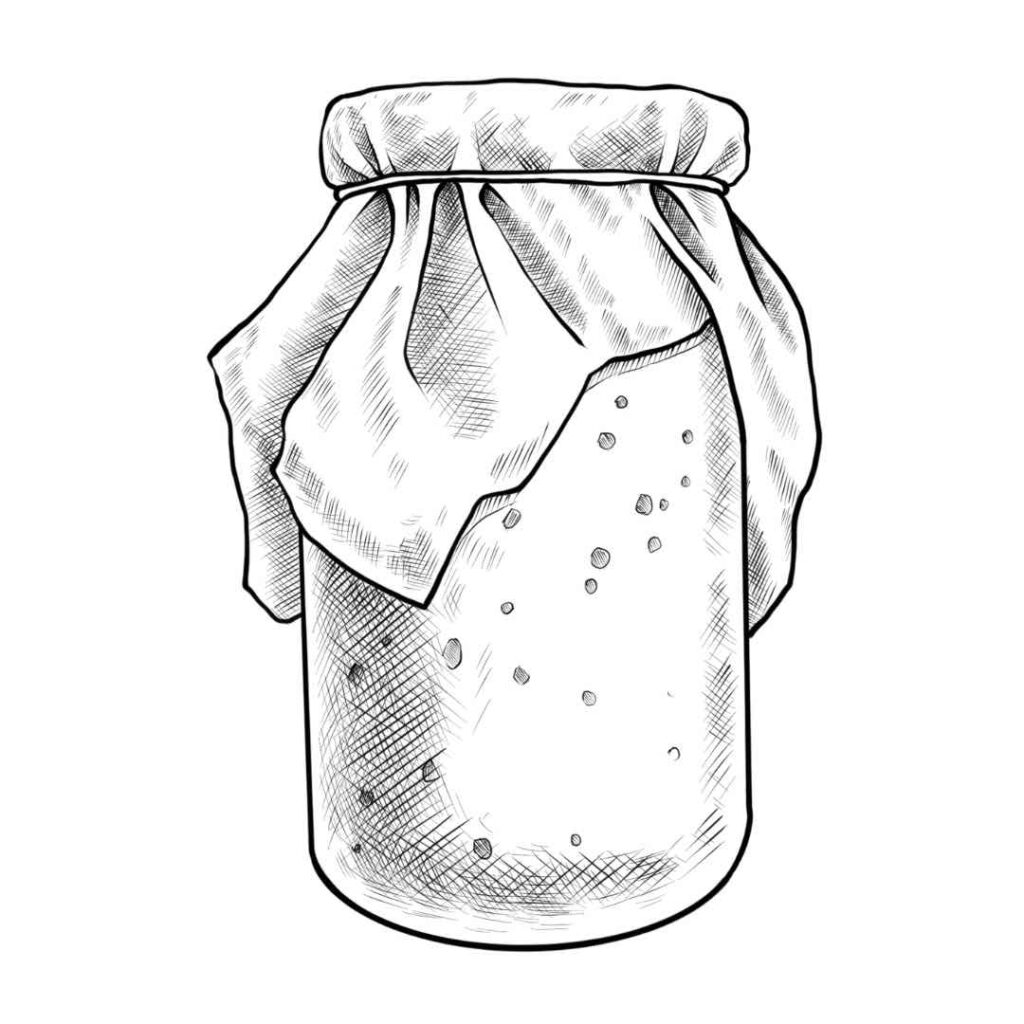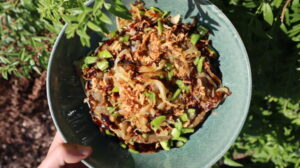
Eggplant (aubergine) Dip with Miso, Agave, Soy, Ginger & Garlic
This roasted aubergine dip with miso, agave, soy, ginger, and garlic is the umami bomb every party is waiting for.
Blended with the skins for extra flavor and nutrition, this dip is silky, complex, and deeply satisfying. Topped with roasted cashews and fresh spring onions, it’s as nourishing as it is striking.
